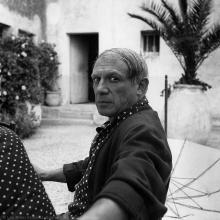
REVIEWED BY RHYS FULLERTON
He’s one of the most famous artists of all time and he created a body of work which seems to be endless.
There have been films about him, documentaries, books, retrospective shows and blockbuster exhibitions. You would have thought we already know everything that there is to know about Pablo Picasso.
And yet more than 40 years after his death, Picasso is still in the spotlight. So what is there left to discover?
This photographic exhibition at the Portrait Gallery focuses on his enduring relationship with Lee Miller. However, there should really be an extra name in the title of the show: Roland Penrose. Penrose, who was married to Miller, was Picasso’s biographer, curator and friend. He appears in many of the photographs, and this exhibition is as much about all three's relationship spanning 36 years.
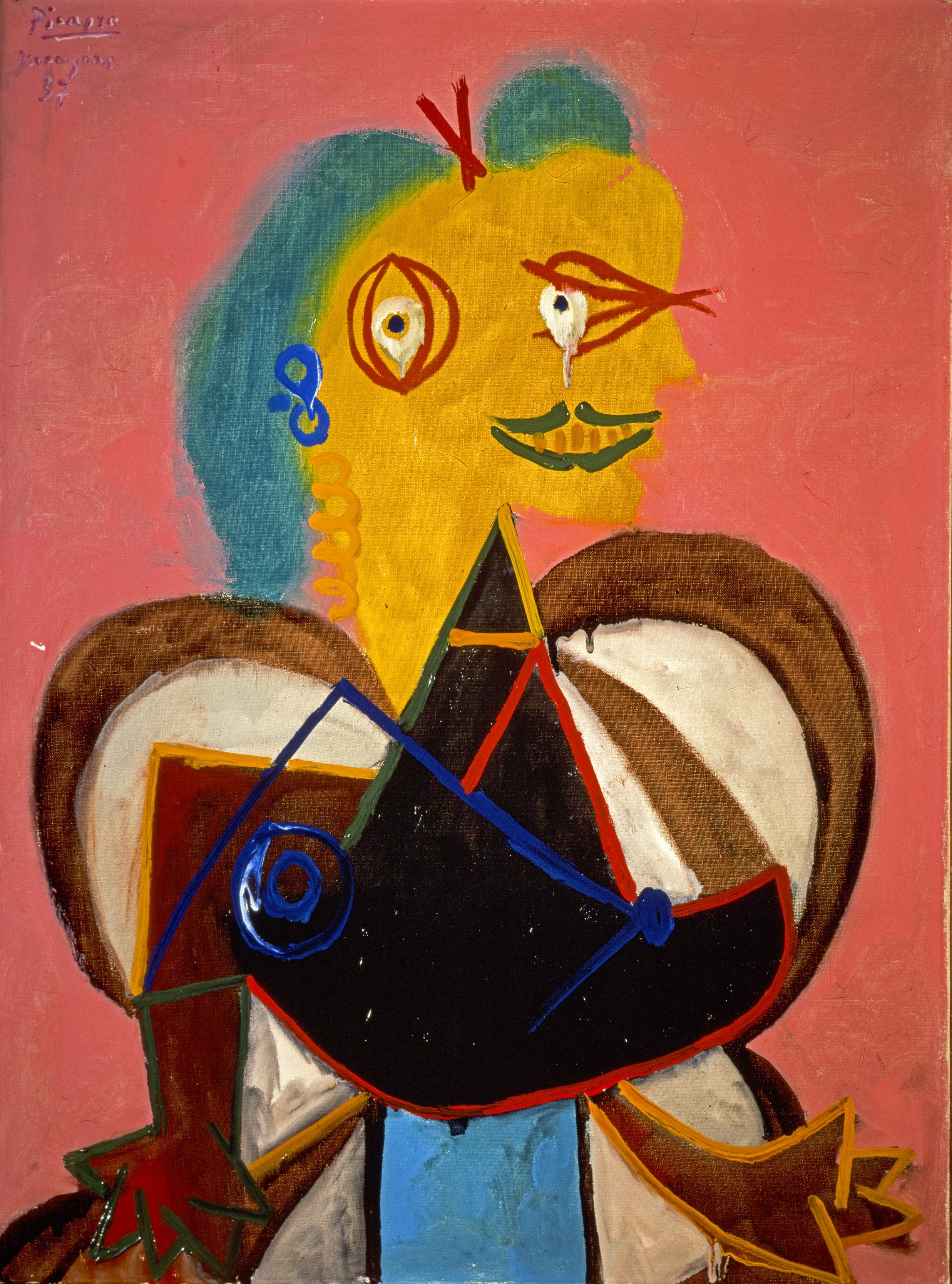
Penrose described it as ‘An agglomeration of Lee’s qualities of exuberant vitality and vivid beauty’. The thick paint still looks as if it’s wet. I loved its powerful interpretation of Miller and the way the vibrant pink background brings the work to life.
It’s as if Picasso was having a duel with the photographer. She captures reality, he captures imagination, and you’d expect Picasso to argue that his approach was more lifelike.
Miller was a world-renowned photographer and her career is a captivating story in its own right: from being Man Ray’s muse, to becoming a photographer herself. She worked for Vogue and she undertook an important role as a war photographer during the Second World War.
This exhibition includes over 100 images taken from the Lee Miller archives. At times the show is incredibly illuminating. The trio’s wartime separation is very poignant. Penrose would become a captain in the army, Picasso was living in Paris and was allowed to paint but not exhibit, and Miller captured the conflict through a camera.
She was in Paris for its liberation, and visited Picasso’s studio to find him alive and well. You can see the warmth and relief between the two in 'Pablo Picasso and Lee Miller after the liberation of Paris'. Picasso was overjoyed that the first Allied soldier he saw was his friend.
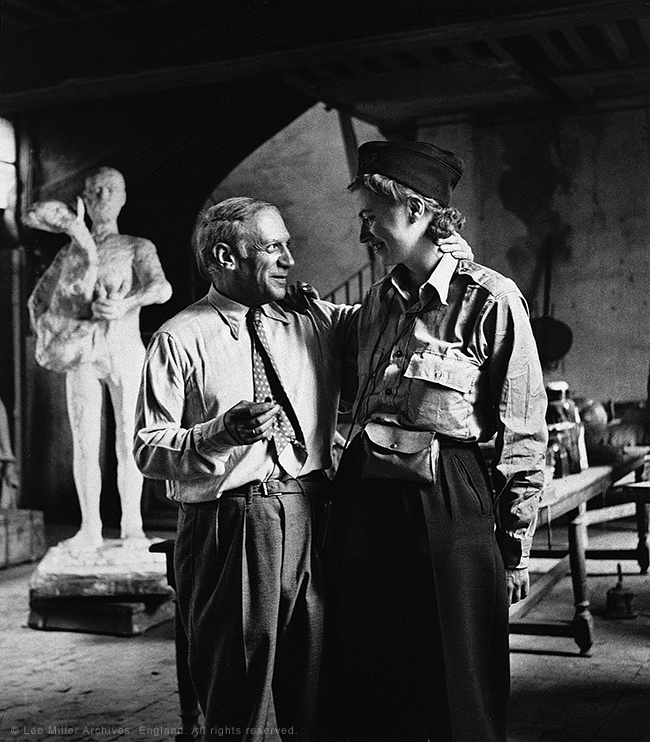
This exhibition works best when the photographs become more intimate and personal. Miller manages to be in the room without being noticeable or distracting her subjects. They always seem at ease, and often the photos are normal holiday snaps, probably no different from your own family collection. Except, of course, yours probably lack the presence of one of the most famous artists of all time.
The images of Picasso visiting Miller and Penrose at their home in Chiddingly, East Sussex are humorous and oddly revealing. The photos of Picasso holidaying with Miller, Penrose and Picasso’s wife and children, are very touching.
I could look for hours at the images of Picasso’s studio. The mess is a work of art in itself, and often in the background you can see lost masterpieces in the making. Referring to the clutter, Miller once stated that Picasso did not collect; he just never threw anything away.
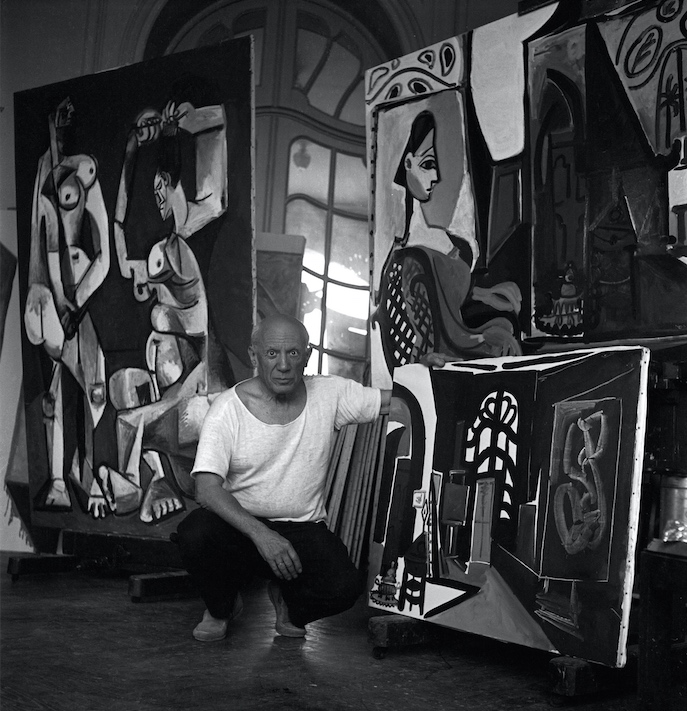
Anyone expecting to see a succession of brilliant works by Picasso may feel short-changed, but this is all about the photographs and I found it fascinating. It’s likely that it will appeal more to those with an interest in the subject, but even if you don’t know anything about Picasso, there’s plenty to discover and a rich underlying story to enjoy.
Lee Miller & Picasso continues at the Scottish National Portrait Gallery (1 Queen Street) until 6 September 2015. Admission £9/£7.
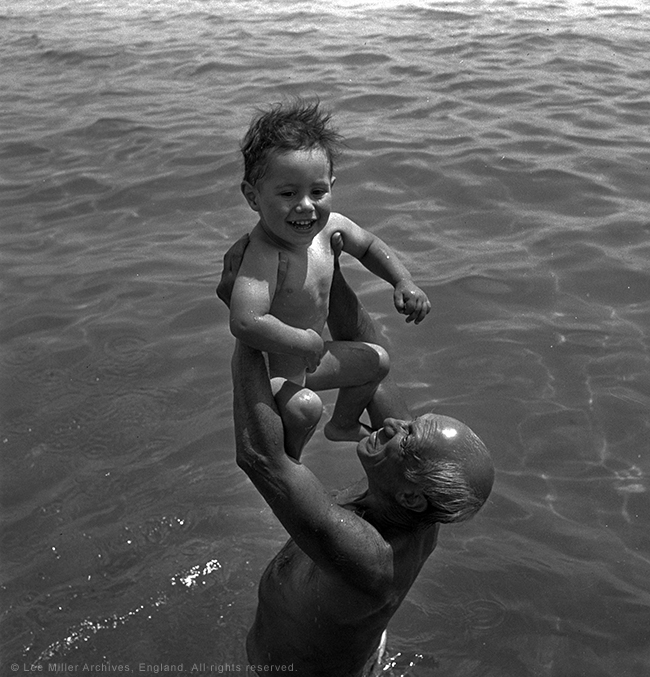
Images (reproduced with permission) from top to bottom: (1) 'Picasso – Hotel Vaste Horizon, Mougins, France 1937'; (2) 'Lee Miller, 1937'; (3) 'Pablo Picasso and Lee Miller after the liberation of Paris, Rue de Grand Augustin, Paris, France, 1944'; (4) Picasso with La Coiffeur, Villa la Californie, France, 1956; (5) Picasso and his son Claude, Golfe Juan, France, 1949.